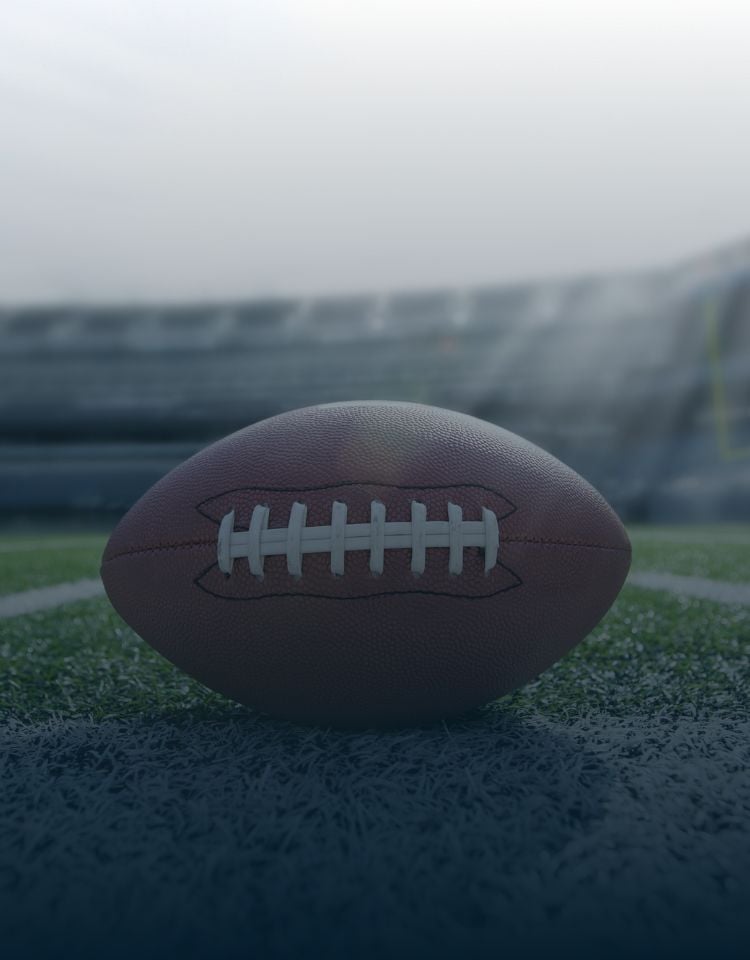Written By: Brandon Pedersen and Cody Malloy, Student-at-Law
Tua Tagovailoa, Quarterback for the Miami Dolphins, has been the centre of discussion lately with regards to traumatic brain injuries (TBI) in sports. Controversy has arisen with regards to the handling of TBIs in the National Football League (NFL) in recent years. Unfortunately for Tagovailoa, he suffered brain injuries in back to back weeks, causing this topic to surface yet again.
On September 25, Tagovailoa hit his head on the field against the Buffalo Bills but came back and finished the game. The Dolphins initially claimed that Tagovailoa suffered a brain injury, but then changed the diagnosis to back/ankle injuries later in the game. However, it was highly evident that Tagovailoa struggled to maintain his balance. His teammates had to help him off the field after taking a big hit. Whether it was a back or brain injury, Tagovailoa arguably should not have been allowed to return to the game.
On September 29, Tagovailoa hit his head on the field yet again against the Cincinnati Bengals. However, his second injury forced him to be stretchered off the field and he was sent to a local Cincinnati hospital. Thankfully, Tagovailoa was able to fly back to Miami with his teammates a few hours after being briefly hospitalized. The NFL has its own concussion protocol, but changes to the current system are already coming in light of Tagovailoa’s latest injuries. Following the incident, the NFL and National Football League Players Association (NFLPA), the union representing NFL players, released a joint statement indicating that an immediate review of the concussion protocols used in games.
The NFLPA has already fired the concussion consultant involved in the Tagovailoa incident. Due to scrutiny in recent years surrounding how the NFL and NFLPA protects its players through the concussion protocol system, the NFLPA was quick to act with the consultant’s handling of the injuries Tagovailoa suffered in his last two games. Sports are meant to be fun and games, but the risk of TBI in sports is very real.
Organizations such as the Concussion Legacy Foundation have formed in recent years and undertaken great efforts to raise awareness to TBIs in sports. TBIs are not just present in football, they’re also quite prevalent in a sport we know too well in Canada. The Canadian Institute for Health Information reports that concussions from hockey are almost double the concussions from cycling, football, rugby and skiing/snowboarding. Contact sports such as football and hockey undoubtedly create an environment ripe with the potential for TBIs amongst participants.
In 2013, high school rugby player Rowan Stringer passed away from Second Impact Syndrome as a result of suffering multiple concussions in a short period of time. In response, the Ontario government unanimously passed Rowan’s Law in 2016, with the objective of preventing a similar tragedy in the future. Rowan’s Law makes it mandatory for sports organizations to adhere to the guidelines set out by Ontario’s Concussion Awareness Resources with regards to removal from sport and return to play.
Most people automatically think of concussions when they think about head injuries in sports. Chronic traumatic encephalopathy (CTE), is a degenerative brain condition caused by repeated blows to the head, but is less common than concussions. Athletes that play high impact sports are especially susceptible to CTE. According to the Cleveland Clinic, CTE causes changes in a person’s thinking, personality, mood and behaviour.
The number one preventable measure you can take is wearing the proper safety equipment when hitting the field, rink or court. For sports that require the use of a helmet (baseball, hockey, football, etc.), you need to ensure that your helmet fits properly. Consider how in baseball a batting helmet that is too big can shift, causing the forehead to be exposed. Certain sports require safety equipment that has been certified. For example, hockey helmets that are sold in Canada must meet the safety standards set out by the Canadian Standards Association (CSA). Wearing a properly fitted helmet can prevent you from suffering a serious TBI.
Mouth guards are another form of safety equipment used to prevent TBIs. According to the Government of Canada, if an athlete suffers a blow to the head, the force of teeth biting together redistributes the force to the soft tissue in the brain. A properly fitted mouth guard prevents an athlete’s teeth from biting together after an impact to the head, which cushions the blow. Mouth guards are worn in a variety of sports, but they are especially recommended in contact sports such as football and hockey.
Although brain injuries from sports are usually an accident, sometimes it’s due to the negligence of others. If you have suffered a sports or recreation injury due to someone else’s negligence, McLeish Orlando is here to help. Do not hesitate to contact us for a free consultation. One of our lawyers will evaluate your child’s case.





